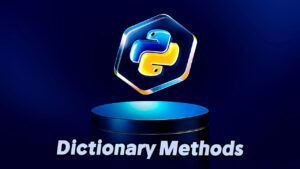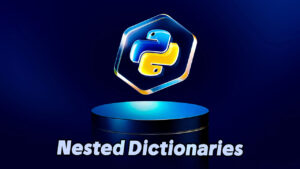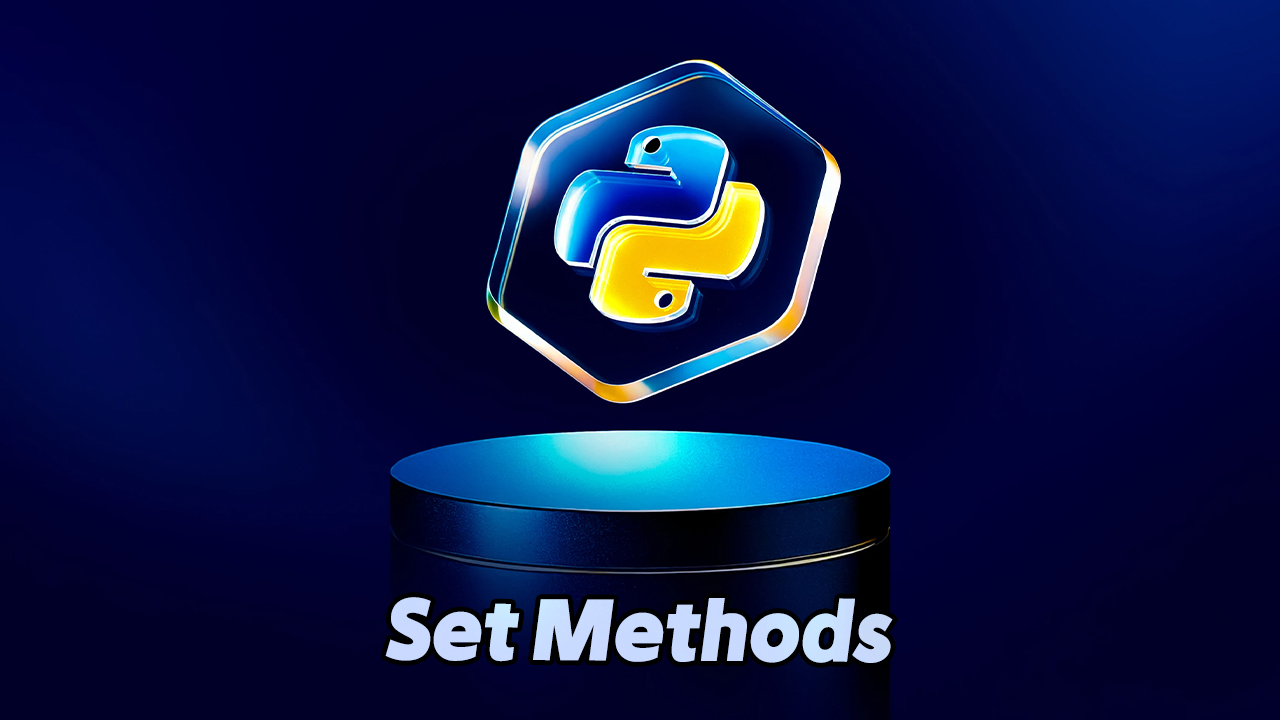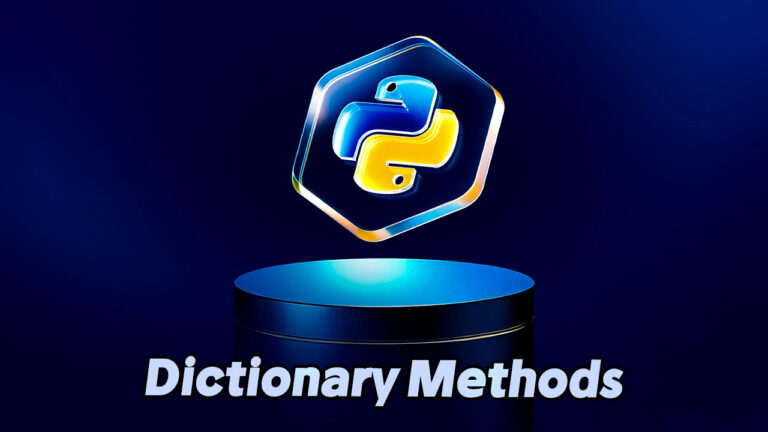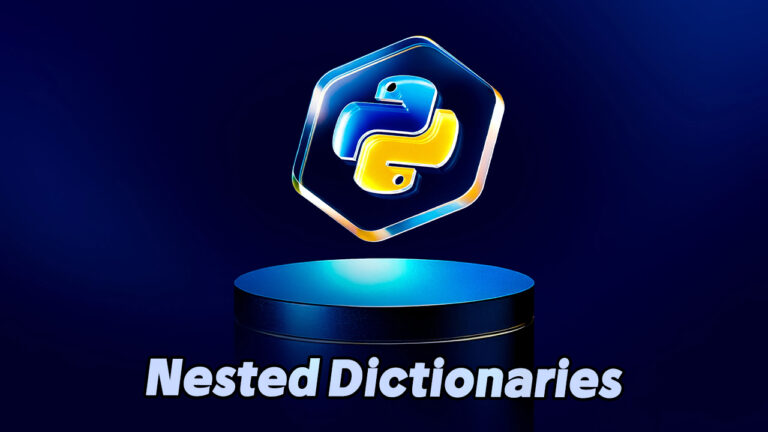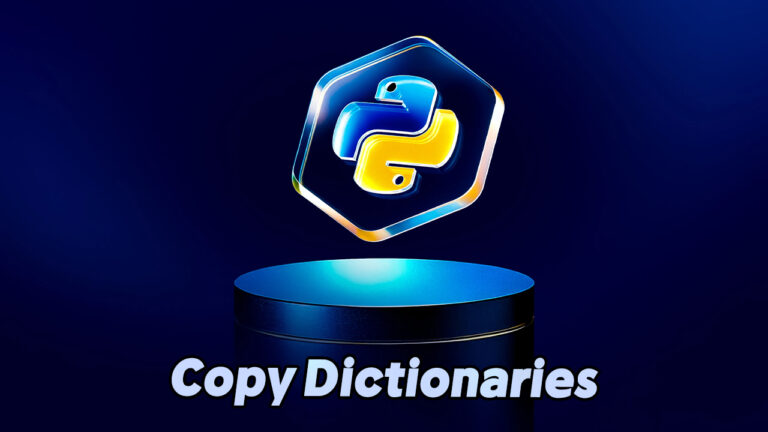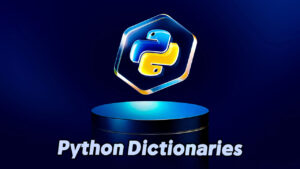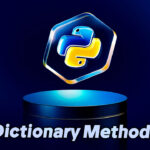Understanding Python Set Methods – A Devyra Educational Guide
In Python, a set is an unordered collection of unique elements. Sets are particularly useful when you need to store non-duplicate items and perform mathematical operations like unions, intersections, and differences. Python provides a comprehensive suite of built-in methods that can be applied directly to sets. Below is an academically curated list of the most commonly used Python set methods, along with their functionalities and shorthand notations.
Comprehensive List of Python Set Methods
| Method | Shortcut | Description |
|---|---|---|
add() | — | Adds a single element to the set. |
clear() | — | Removes all elements from the set, rendering it empty. |
copy() | — | Returns a shallow copy of the set. |
difference() | – | Returns a new set with elements present in the first set but not in the second or others. |
difference_update() | -= | Removes elements from the original set that are also present in another specified set. |
discard() | — | Removes a specific element if it exists; does nothing if the element is absent. |
intersection() | & | Returns a new set containing only elements found in both sets. |
intersection_update() | &= | Updates the original set to keep only elements found in it and another specified set. |
isdisjoint() | — | Checks whether two sets share no common elements. |
issubset() | <= | Determines if all elements of the current set exist in another set. |
issuperset() | >= | Checks if the current set contains all elements of another set. |
pop() | — | Removes and returns an arbitrary element from the set. |
remove() | — | Removes a specified element; raises an error if the element does not exist. |
symmetric_difference() | ^ | Returns a set containing elements in either set, but not in both. |
symmetric_difference_update() | ^= | Updates the set with the symmetric difference of itself and another. |
union() | | | Returns a new set with all distinct elements from all sets. |
update() | |= | Adds elements from another set (or sets) to the current set. |
Each method serves a distinct purpose, enabling developers to manipulate and evaluate set data efficiently. These functions are foundational to writing clean, readable, and Pythonic code. For further practice and real-world use cases, be sure to explore detailed tutorials available on Devyra.

